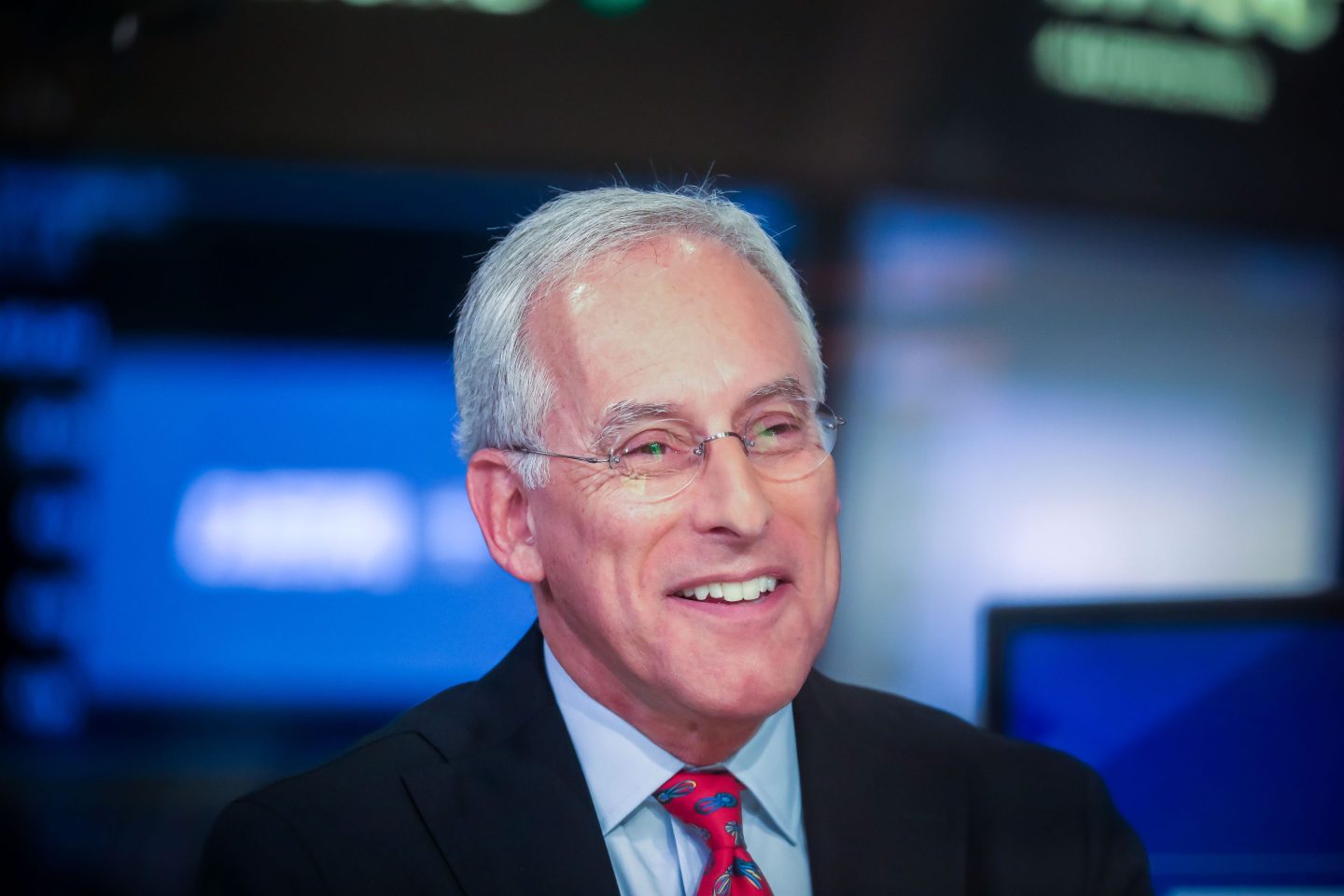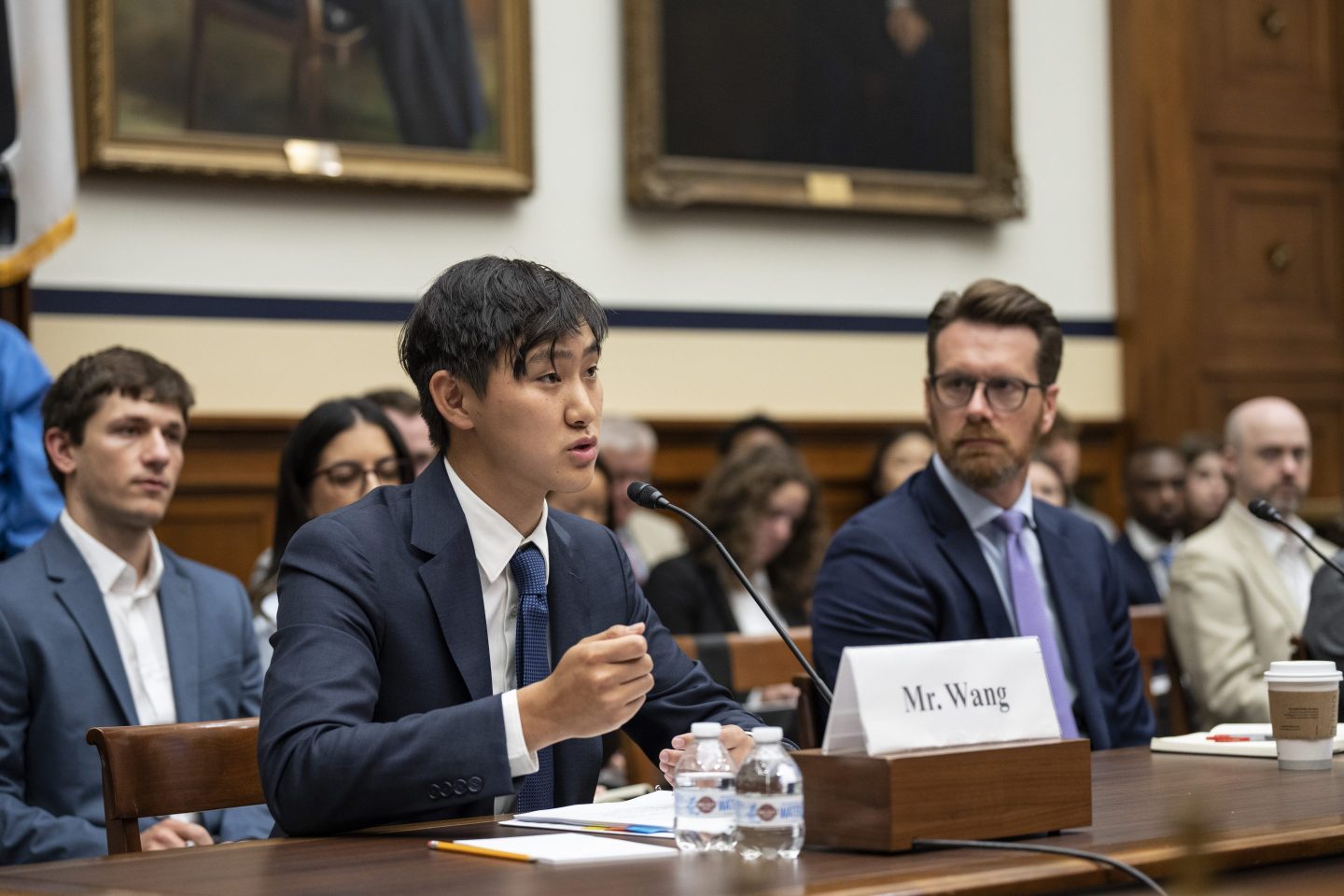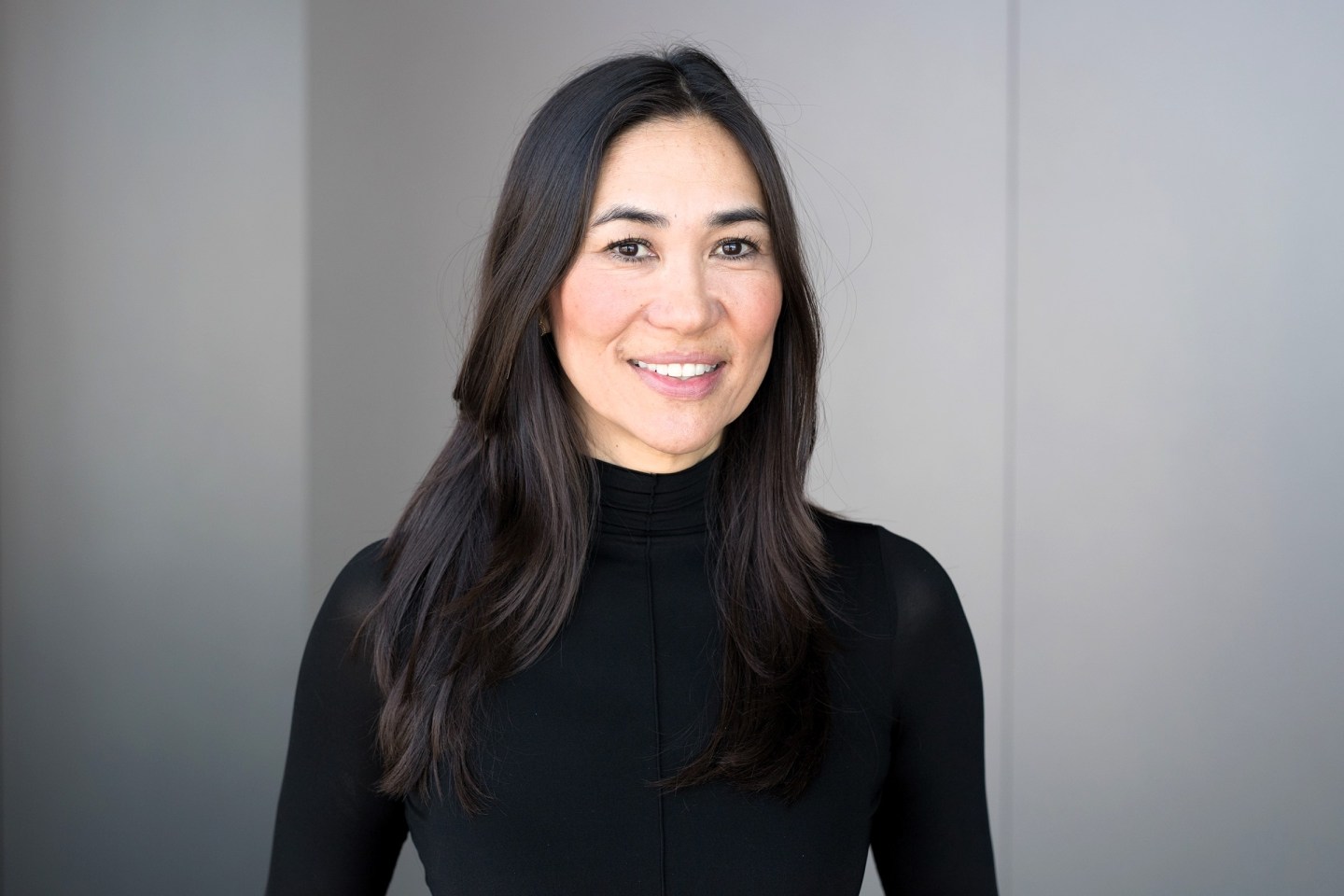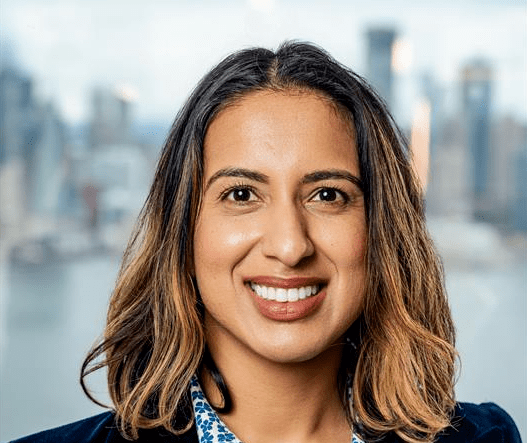Small companies are the engine of the U.S. economy. They’ve accounted for nearly half of all output, half of employment, and two-thirds of net new jobs since 2000, and one-third of total imports.
And what powers that engine, increasingly, is diversity. Minority entrepreneurs created 4.7 million jobs in the past decade. Almost 2,000 women-owned businesses were launched every day in 2019. Indeed, since 2007, the number of women-owned businesses surged 58%, while all businesses increased only 12%.
These accomplishments came despite a dire challenge facing many minority and women business owners: access to capital. Traditional sources of financing are elusive for these entrepreneurs, and many had little choice but to “bootstrap” their businesses.
The current economic crisis presents the ideal moment to fix this. The National Bureau of Economic Research has reported that 42% of jobs lost in the current COVID-19–driven downturn in the U.S. are unlikely to come back, and that between February and April, active Black ownership of businesses fell by 41%. Under circumstances this extreme, we can no longer afford to have our small-business sector bypassed by our capital markets, or by the capital sources that are supposed to be providing that financing. Instead, small businesses, especially women- and minority-led ones, should be targeted for significant increases in capital if for no other reason than they’ve proven their capacity to rapidly and efficiently create jobs.
Fortunately, we already have the template for a solution. In 2018 Congress created the U.S. International Development Finance Corp. (DFC), a government entity with a $20 billion balance sheet, to help investors place capital abroad to spur economic growth and create jobs all over the world. Why not deploy the same model to catalyze private investment in our own neighborhoods?
The establishment of a U.S. development corporation—a government institution with a singular focus on driving capital directly to small businesses by partnering with the private sector—is something our government already has deep experience with.
The U.S. was a founding partner of the World Bank, the Asian Development Bank, and the European Bank for Reconstruction and Development. Development banks use specific types of tools to address gaps where capital markets are undeveloped or are otherwise nonfunctioning. For instance, they offer forms of risk-mitigation, or risk-sharing, to catalyze private lending. They can also make a profit: In fiscal 2019, for example, the Overseas Private Investment Corp., the predecessor agency to the DFC, returned $244 million in profits to the U.S. Treasury.
Congress should take a page from international development finance and establish a U.S. Development Bank to catalyze private capital to small businesses in key sectors and regions where it is needed most: health care, food systems, even resilience and preparedness. The goal would be to create jobs and economic growth.
The USDB could build on lessons from big international development institutions and use technology to ensure its agility. It could use data to assess the creditworthiness of businesses, for instance, speeding loans to market. It could create and partner with community branches that operate in neighborhoods and bring expertise that ensure effectiveness.
In the same way that the International Finance Corp. or the U.S. International Development Finance Corp. back investors in developing markets, the USDB could foster and support locally oriented, private investment funds, largely serving urban neighborhoods. That would allow entrepreneurs to retain control of their businesses while providing growth capital. The USDB should help to scale up and replicate such funds to provide appropriate capital to entrepreneurs in neighborhoods across the country.
The USDB could also entice other institutional investors, who are providers of capital at scale, to participate by pooling investment opportunities into investments that would attract this capital.
Wharton finance professor Jeremy Siegel recently observed that mom-and-pop businesses have been hit “far worse than what we saw in the stock market.” There is no reason to think that these companies will come back quickly on their own.
A U.S. government-sponsored development corporation would provide a comprehensive solution, and a way for the government to move forward to deal with deep-seated structural problems in a way that could also provide a much-needed stimulus. The time is now for government to take the action needed to change the equation for small businesses, and for the resourceful and resilient entrepreneurs who seem well suited for a challenge of such serious national consequence.
Dale Mathias has had a 25-year career in finance in both the U.S. and sub-Saharan Africa, and is a former associate dean at Columbia Business School. Agnes Dasewicz leads the Capital Access Lab, an initiative at the Ewing Marion Kauffman Foundation to increase capital investment to underserved entrepreneurs. Both worked on the development of the BUILD Act, which established the U.S. International Development Finance Corporation.
More opinion in Fortune:
- How zoning laws exclude Black families from areas of economic opportunity
- Nikki Haley and former Walmart U.S. president Bill Simon: The coronavirus makes the case for bringing manufacturing back to America
- Why brands should use TikTok—even if it’s at risk of being banned
- The Goya boycott isn’t an example of cancel culture—it’s the free market at work
- Why unions are crucial to empowering Black workers












